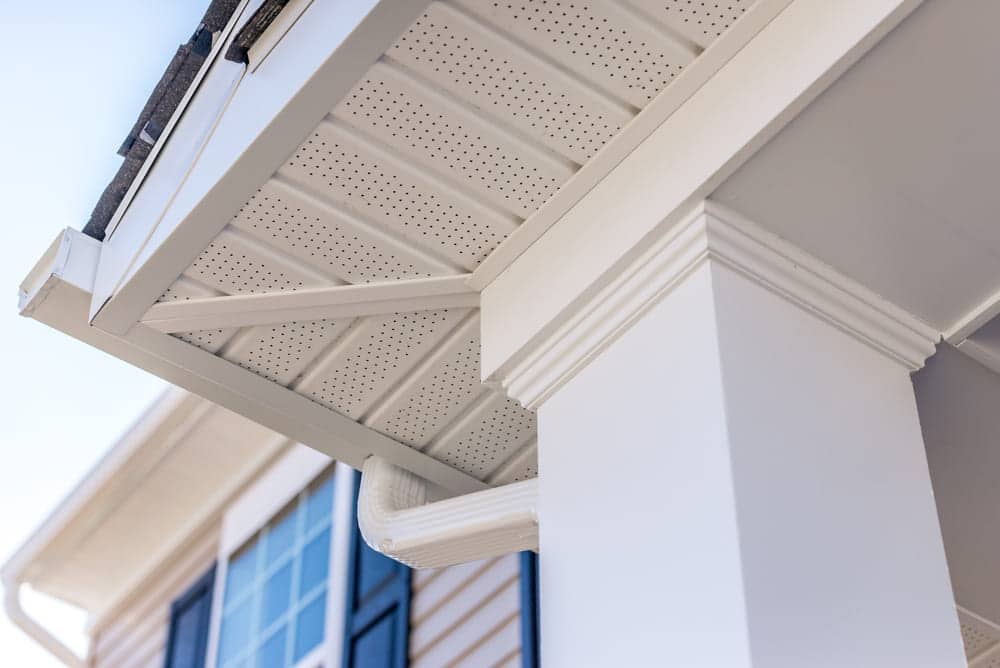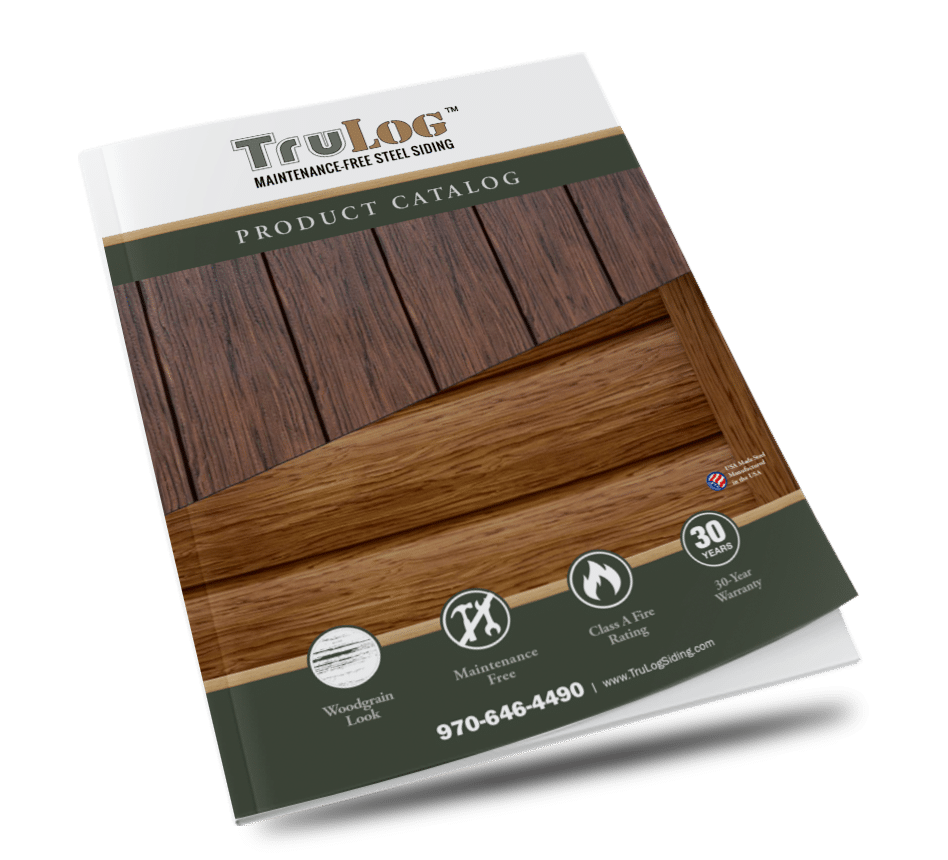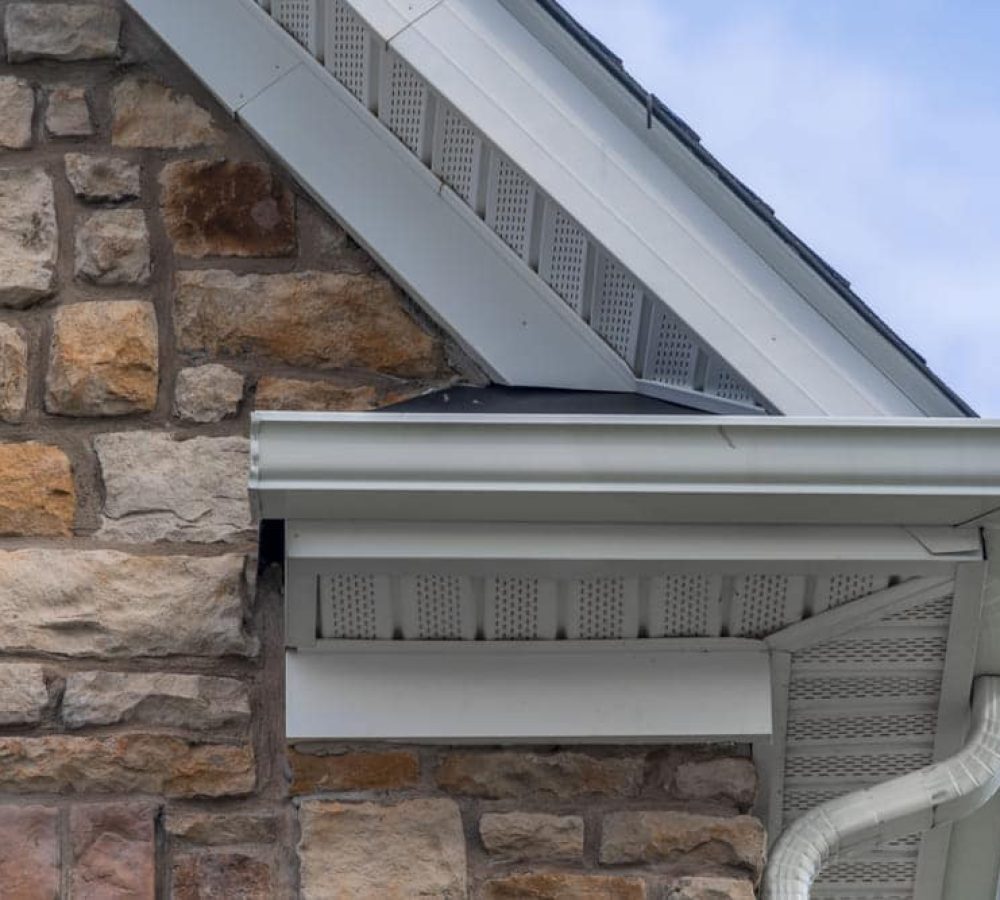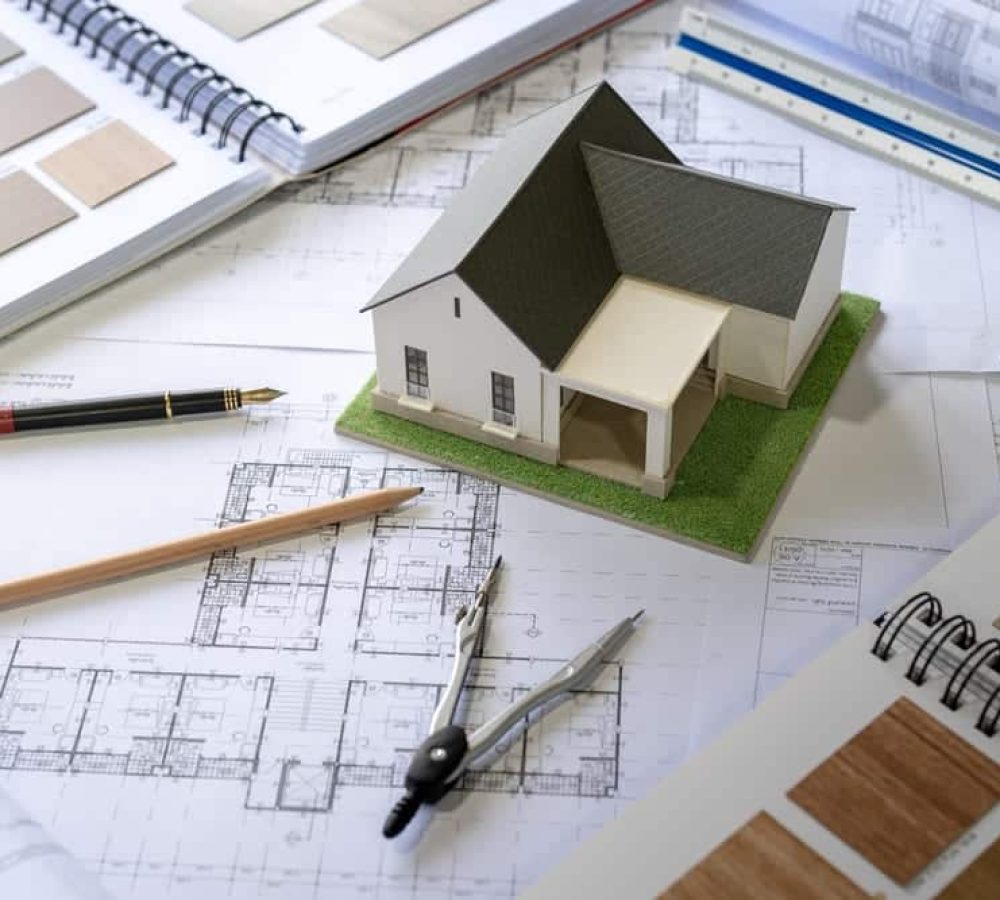Soffit vents are a reliable means of keeping your home functioning optimally, aiding with airflow via eaves and overhangs. They’re designed to prevent damage and wear to your roof, gutters, and crawlspace or attic. Soffit vents also keep your attic cooler during the summer months and warmer during the winter months.
But not all soffit vents are created equal. It is critical to consider your options and do your research when embarking on a soffit vent installation project. Many searches will likely point you toward Hardie soffit panel installations as the top of the heap. But while the company has done an admirable job marketing their Hardie board for soffits product, it is important to not confuse ubiquity with quality.
In this guide, we will explore the facets of soffit boards and their impact on your home. We will also discuss what features to look for in a soffit panel so you can decide for yourself why other products might be preferable to Hardie soffits.
1. High Performance and Durability
Improperly attuned materials simply don’t last. Wood is sure to rot in wet climates and vinyl is likely to melt under a blistering sun. Many siding manufacturers use composite materials for their siding, soffits, and fascia. Hardie commonly uses fiber cement, which makes their Hardie soffit panel product mimic real wood, but without the potential for rot. Customers looking for a steadfast material will likely enjoy the fiber cement of Hardie soffit boards.
However, fiber cement carries some issues that should be considered. It is traditionally moisture absorbent, energy inefficient, and environmentally difficult to produce. This means that Hardie soffit panels are not the most eco friendly material to use for soffit panels.
With the right soffit panel material that is eco friendly and weather-tested, you can say goodbye to constantly replacing bleached, warped, or rotted materials.
While planning your project and doing your research, consider soffit and fascia that are made from more environmentally friendly and durable materials. Steel soffit materials carry all of the effectiveness against heat, cold, and moisture that you might find in a Hardie board for soffits, but without the regular maintenance or worries about resource-intensive fabrication.
2. Matchable Styles
Many soffit manufacturers offer simple, builder-grade looks and nothing more. While Haride soffit plank panels come in a few styles that can match to your home’s existing aesthetic, their range is not as extensive as the marketing would suggest. But in truth, it is more important to find a product that works in concert with your siding material than stands out. Some of the best soffits and fascia blend seamlessly into the overall aesthetic of a home.
High contrast trim, soffits, fascia, or framing might be trendy right now, but a house will last a lifetime. Its look should as well.
Rather than mixing and matching soffit, fascia, and siding materials, colors, and textures, go with a classic look, like a brushed steel. This will add a subtle, utilitarian element to your home’s more functional elements.
3. Sustainability
Hardie products are often celebrated for their sustainability. However, not all Hardie products are created equally. Consider the company’s Hardie soffit board product, which is made from fiber cement panels. These panels, which are highly durable (as noted above), have countless elements that raise their carbon footprint:
- They are extremely heavy – Thanks to the overall weight of concrete, Hardie soffit panels require a good deal more fuel to transport than lighter materials.
- Fabrication cost is high – cement requires a lot of energy, production time, and water to fabricate. All of these impact our environment.
- It is a non-recyclable product – if you ever need to replace your siding, Hardie soffit panels will go straight into a landfill.
To maximize your home renovation project’s efficiency, consider fascia and soffit panels that are more eco friendly, such as steel. With steel, your home can enjoy a lower carbon footprint both before and after a renovation, as it doesn’t fall victim to the bullets about Hardie soffits noted above. It is an inherently sustainable material.
4. Lower Home Costs
Soffits are a great way to keep your house temperate. This means the potential for less reliance on your HVAC system.
However, different materials have a differing effect on the airflow to your home. While any soffit will benefit airflow, soffits made from fiber cement, such as Hardie board for soffits, tend to absorb heat. For a renovation project on your home’s soffits, be sure to use a material that is designed to move hot air out of your house.
As any homeowner knows, heating and cooling results in staggering bills. Installing a reliable soffit system can make a big difference in the amount you’re paying for these utilities.
5. Pest Protection
Wood siding is a surefire way to attract pests.
On the inverse, Hardie’s fabrication materials make their soffit boards impervious to termites, carpenter ants, carpenter bees, and more. And because the soffits are so durable, they are less likely to serve as intrusion points for nuisance animals.
Hardie board for soffits are not completely pest-protected, however. While the material may deter critters, its fiber cement construction means moisture absorbed from the atmosphere will be trapped by the material. This may mean your Hardie soffit panels develop mold, which will need to be remediated.
When installing your home’s soffit panels, consider your climate and the local flora and fauna around your home. This will help determine if you can use a material like Hardie soffit panel fiber cement, or if you are better off going with a truly protected material like steel.
6. Fire Protection
Traditional wood siding, fascia, and soffits are made from wood. Hardie plank soffit is made with fiber cement. Unlike vinyl or wood siding, this material is non-combustible. In terms of fire protection, it is critical to install a non-combustible material on your home like fiber cement, aluminum, or steel to lower your risk from fire.
With an added layer of protection for your home from the right soffit material, your home insurance premiums may even go down.
7. Lifetime Value
Hardie board for soffits won’t need to be replaced as readily as traditional wood, vinyl, or composite siding. However, it is not a permanent solution, as fiber cement siding products are known to crack and crumble with time. Eventually, this soffit and fascia material will need to replaced, and when it does, this will cost your home.
Instead of a material that is simply somewhat longer lasting than wood, consider soffit and fascia made from steel, which truly bring lifetime value to your home. With a steel product, you are getting a weather-tested, rugged, beautiful, and warranty-protected product that will not need to be replaced in your lifetime.
Install the Perfect Soffit with Help from TruLog
Installing a soffit to last a lifetime requires you involve a partner who knows the right material for the right home. At TruLog Siding, we work with reliable tried and tested products so our customers can have the best materials on the market. If you want all the benefits of a Hardie soffit panel without the headaches, contact us to get an estimate today!





